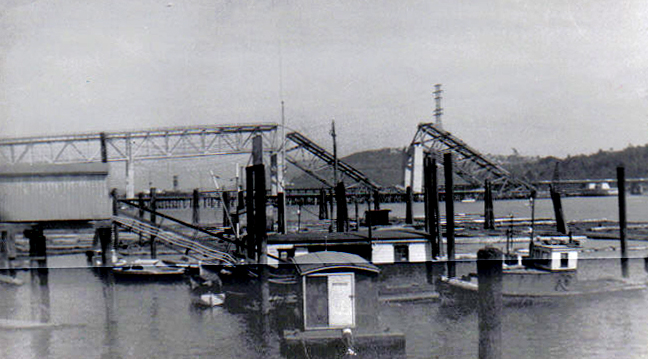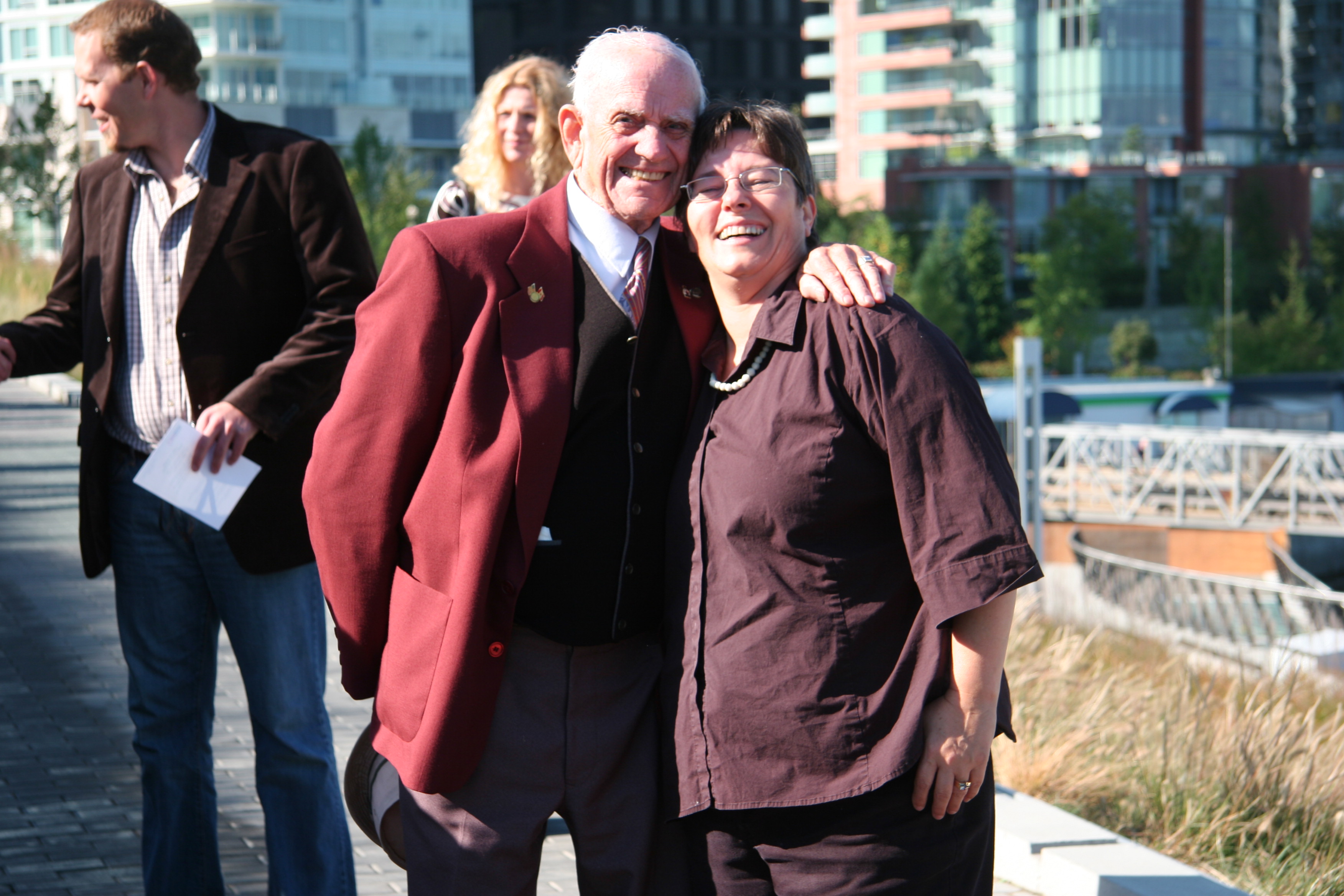Chapter 4 – British Columbia Engineering Failures
1958 – BC Infrastructure Disaster – Ironworkers Memorial Bridge – Vancouver 1958
https://en.wikipedia.org/wiki/Ironworkers_Memorial_Second_Narrows_Crossing
The Ironworkers Memorial Second Narrows Crossing, also called the Ironworkers Memorial Bridge and Second Narrows Bridge, is the second bridge constructed at the Second (east) Narrows of Burrard Inlet in Vancouver, British Columbia, Canada. Originally named the Second Narrows Bridge, it connects Vancouver to the north shore of Burrard Inlet, which includes the District of North Vancouver, the City of North Vancouver, and West Vancouver. It was constructed adjacent to the older Second Narrows Bridge, which is now exclusively a rail bridge. The First Narrows Bridge, better known as Lions Gate Bridge, crosses Burrard Inlet about 8 kilometres west of the Second Narrows.
The bridge is a steel truss cantilever bridge designed by Swan Wooster Engineering Co. Ltd. Construction began in November 1957, and the bridge was officially opened on August 25, 1960. It cost approximately $15 million to build.
The bridge is 1,292 metres (4,239 ft) long with a centre span of 335 metres (1,099 ft). It is part of the Trans-Canada Highway (Highway No. 1)
Collapse on June 17, 1958

On June 17, 1958, as a crane stretched from the north side of the new bridge to join the two chords of the unfinished arch, several spans collapsed. Seventy-nine workers plunged 30 metres (100 ft) into the water. Eighteen were killed either instantly or shortly thereafter, possibly drowned by their heavy tool belts. A diver searching for bodies drowned later, bringing the total fatalities for the collapse to 19. In a subsequent Royal Commission inquiry, the bridge collapse was attributed to miscalculation by bridge engineers. A temporary arm, holding the fifth anchor span, was deemed too light to bear the weight.[2]
Renaming
The bridge was renamed the Ironworkers Memorial Second Narrows Crossing in 1994 to honour the 19 workers who died in the collapse, along with four others who also died during the construction process.[3]
Jennifer Kirkey attended the official opening of the artwork along the new Convention Centre in Vancouver that honoured people injured or killed in the line of duty. This is a picture of me with one of the survivors of the Bridge Collapse.

In popular culture
Stompin’ Tom Connors paid a musical tribute to the fallen ironworkers with the song “The Bridge Came Tumbling Down” on his 1972 album My Stompin’ Grounds. (This tune also appears on several later compilations one of which was performed by Les Claypool’s Duo de Twang). Jimmy Dean‘s 1962 song “Steel Men” is a ballad about the Second Narrows bridge disaster. Gary Geddes‘ 2007 book of poetry, entitled Falsework, is based on the collapse of the bridge.
Engineering students might find it interesting that on February 2, 2009 several University of British Columbia engineering students were arrested while attempting to suspend the shell of a Volkswagen Beetle under the bridge as part of an “Engineering Week” tradition.
There were many inquiries held after the collapse. The official commission can be accessed at
https://search-bcarchives.royalbcmuseum.bc.ca/commission-on-second-narrows-bridge
There is a complete lesson from the BC Labour History Project. It can be accessed
https://teachbcdb.bctf.ca/permalink/resource695
WorkSafe BC made a tribute video on the 50th Anniversary in 2009.

